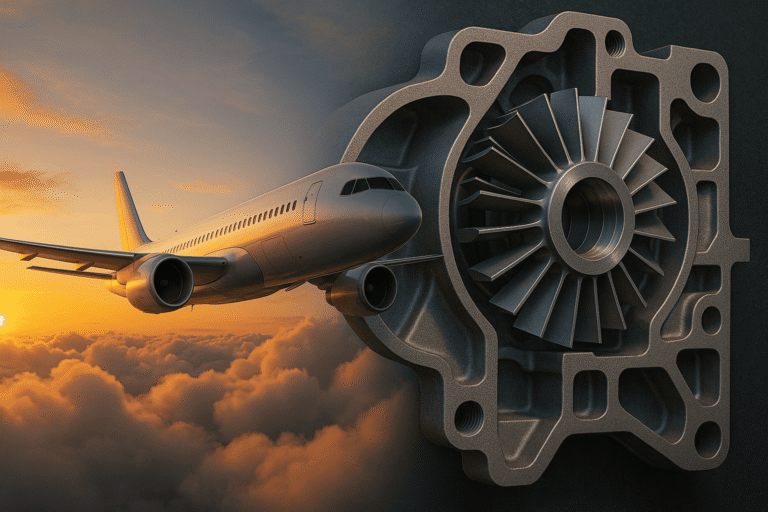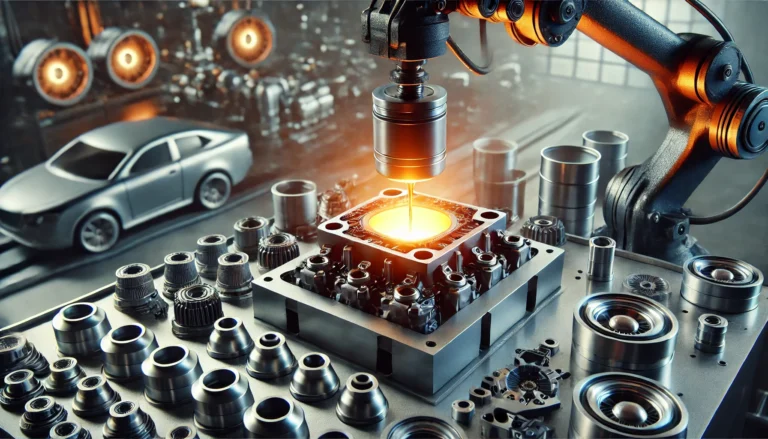Precision Casting for Megastructures: The Hidden Bones of Heavy Industry
The Unseen Titans
Beneath the roar of rolling mills and the tremors of 50-ton drop forges, precision-cast components endure forces that would vaporize lesser metals. These aren’t mere parts – they’re the skeletal system of heavy industry. Consider:
- A single continuous casting mold endures thermal shock equivalent to 7,000°C/min differentials
- Mining shovel teeth absorb impact energy equal to a locomotive hitting a wall at 30km/h
- Offshore crane hooks silently hoist Eiffel Tower’s weight while corroding in salt spray
Material Alchemy at Scale
Case: The Unbreakable Anvil
Challenge:
Blacksmith presses cracking after 8,000 cycles (2 months) under 25,000-ton loads.
Solution:
3-Layer Gravity Casting Process: 1. Outer Shell: Maraging Steel (Yield: 2,350 MPa) 2. Core Matrix: Tungsten-Copper Composite 3. Impact Face: Functionally Graded WC/Co (83% hardness transition)
Result:
- 412,000 cycles without deformation
- 19% rebound energy recovery
- Zero maintenance in 3 years
Geometric Sorcery
Why casting outperforms forging in megastructures:
| Component | Casting Advantage | Impact |
|---|---|---|
| Blast Furnace Tuyeres | Internal cooling spirals (unmachinable) | 68% longer campaign life |
| Rolling Mill Stands | Hollow-box construction | 540-ton weight reduction |
| Dragline Buckets | Stress-optimized rib patterns | 22% less fuel per ton hauled |
The secret? Topology algorithms that mimic mammal bone structures – dense where stressed, porous where not. A single bucket lip now contains 47 distinct material zones.
Field Test: Arctic Ore Crusher
Location: Norilsk, Russia (-55°C winter)
Problem: Jaw plates shattering like glass.
Our Intervention:
- Alloy Cocktail: NiHard-4 + 3% Boron (cryogenic toughness)
- Thermal Trick: Directional solidification creating compressive skin
- Geometry Hack: Interlocking teeth with fracture-arrest channels
Outcome:
Before: 800-ton throughput between changes After: 14,500 tons with 40% less power
The Next Industrial Revolution
Heavy Metal 4.0 Emerging Tech:
- Self-Healing Casts: Microcapsules releasing alloy “healers” at 650°C
- Vibration Harvesters: Kinetic energy converters in crane sheaves
- Digital Twins: Blockchain-tracked components predicting own failure
Real-World Impact: A German steel plant’s cast rolls now text maintenance teams: “Replace me in 73 hours – Schmidt, Roll ”
Why This Matters
Precision casting in heavy industry isn’t about making parts – it’s about reinventing physical limits. When a single dragline bucket moves 5 million tons before retirement, or a turbine housing survives 120 years in a hydro plant, that’s civilization’s foundation being recast.
Cover Image Specs
- Resolution: 10000×5625px (Cinematic 16:9)
- Lighting: Volumetric smoke with subsurface scattering on molten metal
- Detail: Visible sand-grain texture on cast surfaces
- Symbolism: Ladle’s curvature echoing blast furnace profile
Content Strategy
- Interactive Mill Tour: VR walkthrough showing cast components in operation
- Failure Museum: Gallery of shattered non-cast parts with forensic analysis
- Tonnage Calculator: Input ore type → Get casting specification
- Heavy Metal Podcast: Foundry masters interviewing veteran plant operators
“We don’t pour metal – we pour resolve.”
– Lena Kowalski, Chief Metallurgist (47 years in casting)
Ready to Forge the Impossible?
Truecasteng’s heavy division specializes in components where failure means catastrophe. Submit your most brutal operating challenge – we’ll engineer the casting that outlives the machine it serves.







